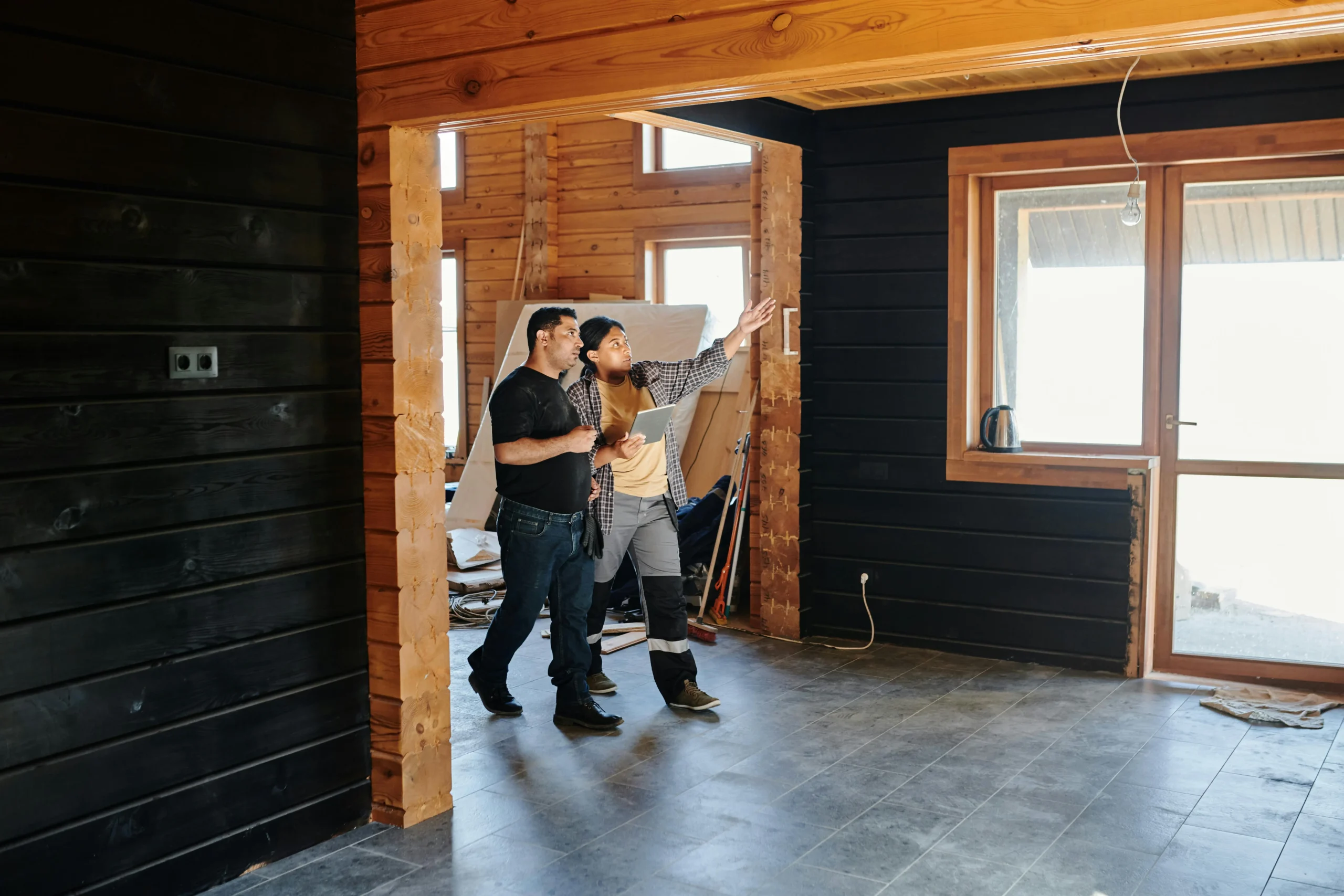In engineering, design analysis is a key step. It ensures that buildings, bridges, and other structures are safe, stable, and work well. One must check if a design is sturdy and works well. This involves looking at many things, like loads, materials, and the environment. We’ll cover every step of a structural design analysis in this detailed guide. We’ll start with planning the study and end with evaluating it.
How to Understand Structural Design Analysis
Before you start the steps of a structural design analysis, you need to know what it’s for and why it’s important. The goal of structural design analysis is to figure out how a building will react to loads. These include wind, earthquakes, and gravity. By looking at how the structure reacts, engineers can find weak spots. They can then improve the design to ensure it meets safety rules and standards.
Step 1: Write down your goals and needs.
To analyze a structure, first, write down the project’s goals and needs. To do this, you need to know what the structure is for. You need to know how it will be used and if there are any rules or requirements. For instance, a bridge’s design might need to handle some traffic. It also must handle earthquakes in a certain area.

Step 2: Take notes and gather data
The next step is to gather the needed data. Do this once the goals and requirements have been set. This includes building plans and drawings. It also includes material properties and the surroundings’ state. Engineers may also use site surveys. They use soil tests and past assessments to help with the analysis.
Step 3: Make a model of the structure.
Once engineers have all the info they need, they use special software to model the structure. The model shows the structure’s shape, materials, and boundary conditions. It is used as a starting point for the study. Engineers use finite element analysis (FEA) and computational fluid dynamics (CFD). They use these and other math methods to model the structure’s behavior. They choose based on the project’s difficulty.
Step 4: Put in place the loads and boundary conditions
Engineers put loads and limits on the model. This makes it behave like the real world. This includes figuring out the size, direction, and spread of loads. These include live loads, dead loads, wind loads, and earthquake loads. The model represents the connections and constraints in the structure. It uses boundary conditions like fixed or roller supports.
Step 5: Look at the structure.
When engineers apply the loads and boundary conditions, they analyze the structure. They do this to see how the building reacts. This could mean doing math problems. The problems find stresses, strains, deflections, and other values. It could also mean running simulations or doing tests. The analysis helps find the most key parts of the structure. It checks how stable it is and if the design meets safety standards.
Step 6: Look at the results and make the design better.
Once the analysis is done, experts check the results. They look for problems or ways to improve. This could mean checking the estimated stresses and deflections against the allowed limits. It could mean finding ways the thing could break. Then, testing how well it works in different loads. Based on the review, engineers may suggest changes. They will make the design stronger and more efficient.
Step 7: Check and confirm
Once the design improves, engineers analyze the new design again. They do this to make sure it is correct. This could mean things like sensitivity analyses. It could also mean studies or tests on prototypes or scale models. The goal is to ensure the design meets the set goals. It must follow all rules and codes and handle the expected loads and environments safely.

Step 8: Write down and report your findings
Lastly, engineers write down and share their results. They include the steps they took. They show their assumptions, methods, and the outcomes of the analysis. The report might have graphs, tables, and charts. It will also have suggestions for improving the idea or looking into it more. You need clear documentation to share analysis results with stakeholders. You also need it to get approvals. And, to ensure responsibility throughout the project’s life.
Conclusion
Structural Design Analysis is a methodical process. It requires careful planning, analysis, and evaluation. Engineers can follow the above plan. It will ensure that designs are safe, stable, and work well. It will also boost efficiency and cut risks. Each step is key. You need to set goals and write down results. This is vital for finishing a design analysis.
